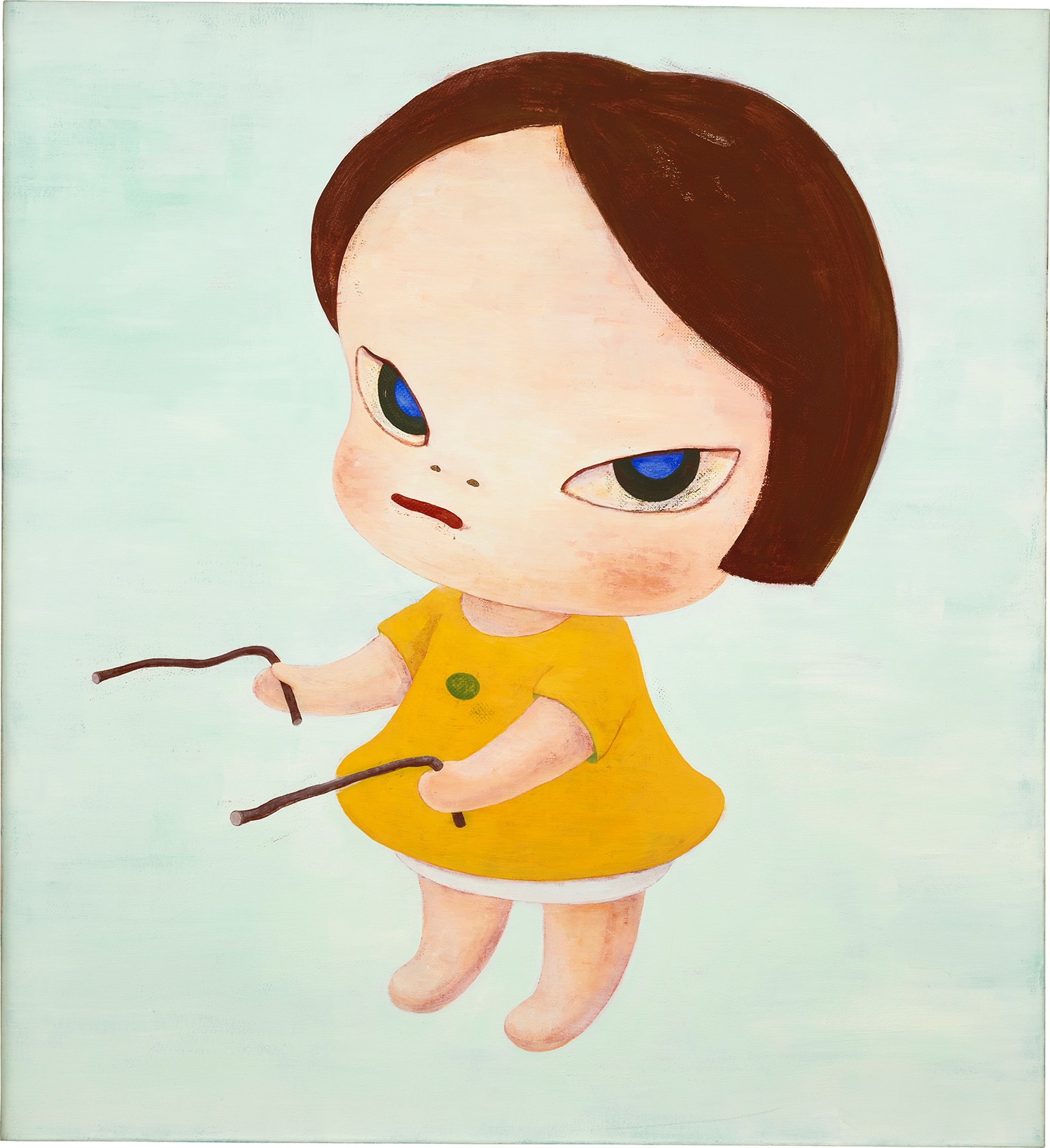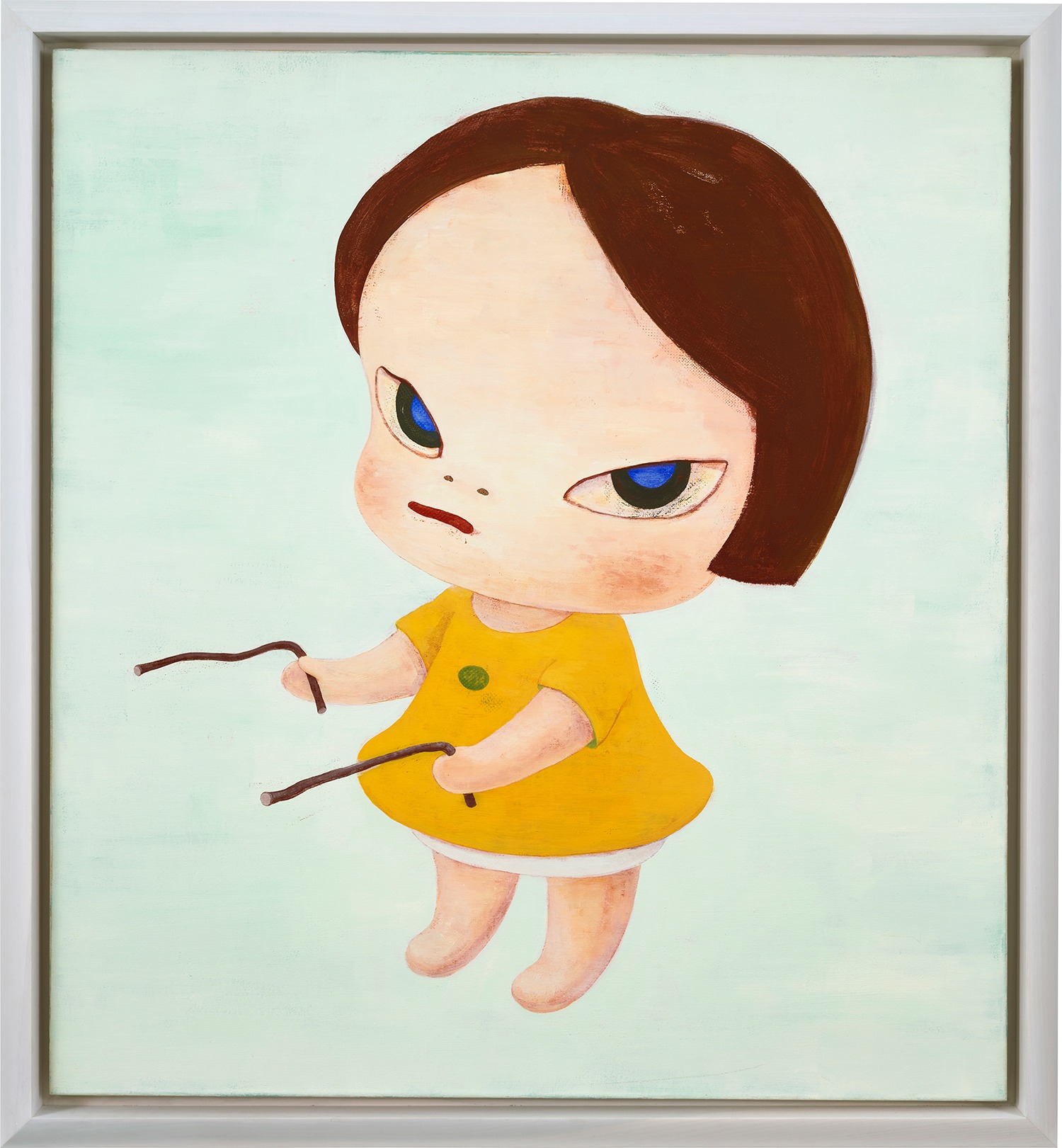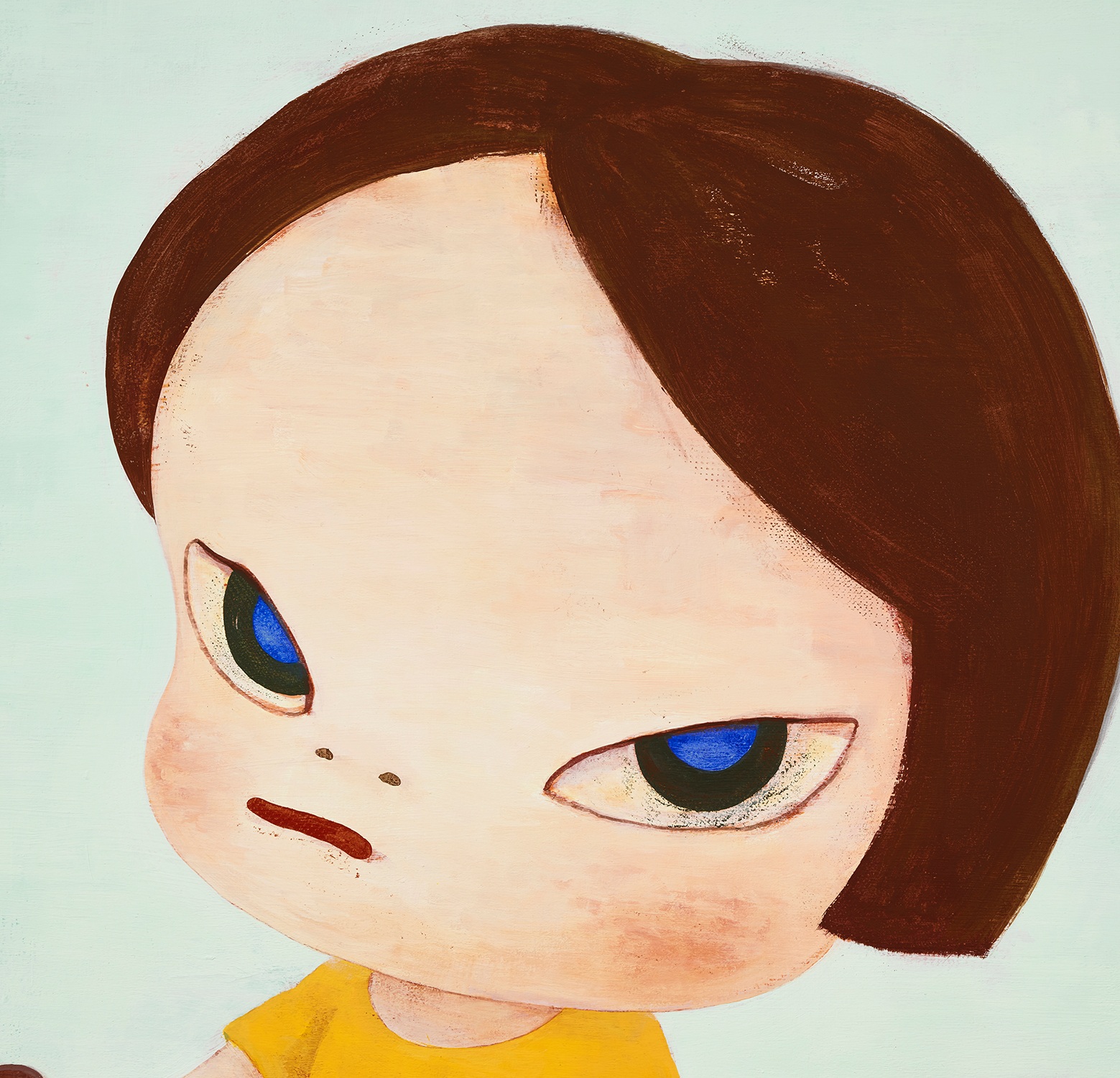











PROPERTY FROM A DISTINGUISHED ASIAN COLLECTION
13Ο◆✱
Yoshitomo Nara
Lookin' for a Treasure
signed, titled and dated 'Nara [in Japanese] 95 "Lookin' for a Treasure"' on the reverse
acrylic on canvas
120 x 110 cm. (47 1/4 x 43 1/4 in.)
Painted in 1995.